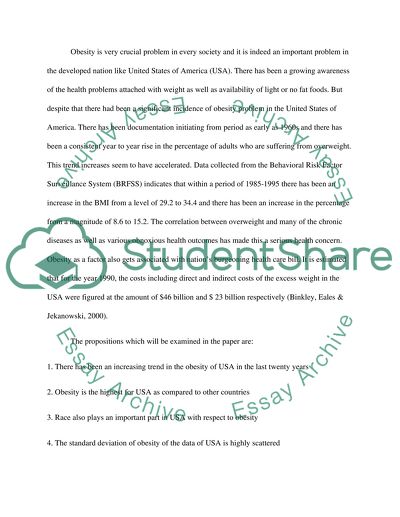Cite this document
(“Trends in obesity over the last 20 years and implications for the Coursework”, n.d.)
Trends in obesity over the last 20 years and implications for the Coursework. Retrieved from https://studentshare.org/statistics/1468640-trends-in-obesity-over-the-last
Trends in obesity over the last 20 years and implications for the Coursework. Retrieved from https://studentshare.org/statistics/1468640-trends-in-obesity-over-the-last
(Trends in Obesity over the Last 20 Years and Implications for the Coursework)
Trends in Obesity over the Last 20 Years and Implications for the Coursework. https://studentshare.org/statistics/1468640-trends-in-obesity-over-the-last.
Trends in Obesity over the Last 20 Years and Implications for the Coursework. https://studentshare.org/statistics/1468640-trends-in-obesity-over-the-last.
“Trends in Obesity over the Last 20 Years and Implications for the Coursework”, n.d. https://studentshare.org/statistics/1468640-trends-in-obesity-over-the-last.


